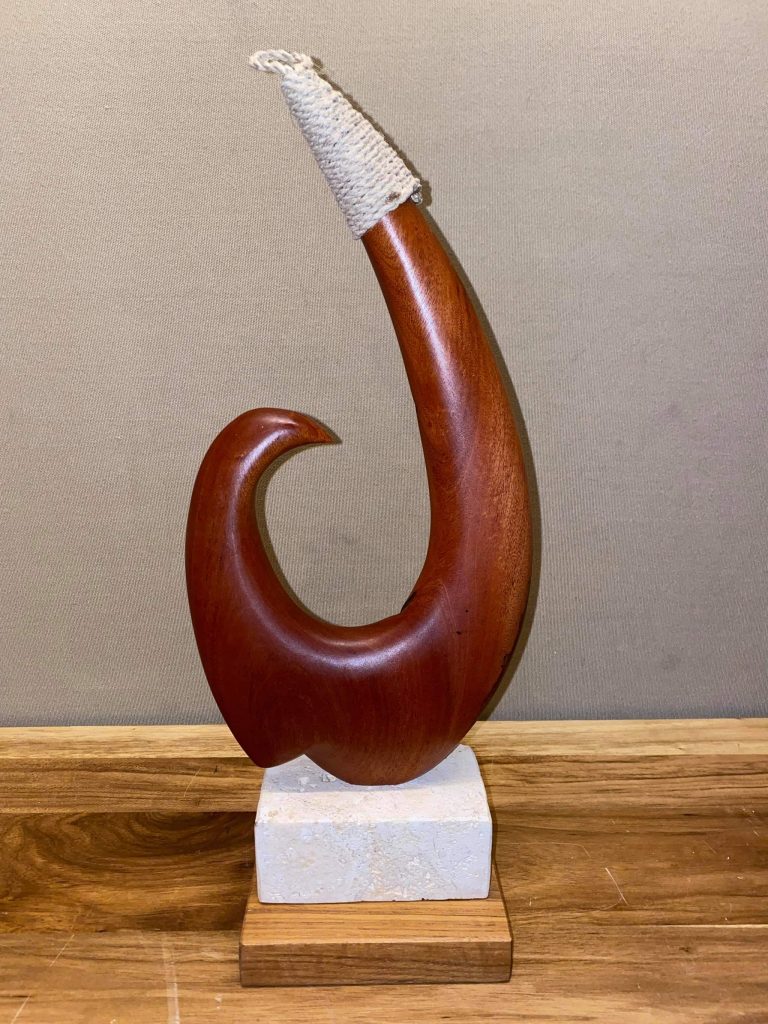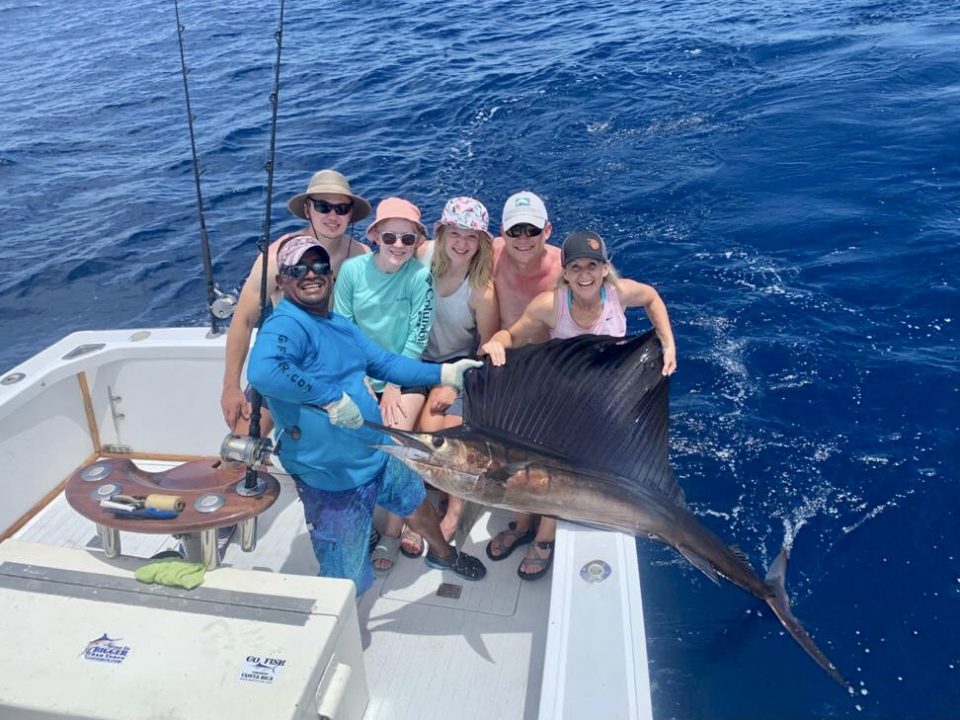Sport Fishing in Costa Rica Benefits Economy and Environment
The fishing industry in Costa Rica is vital to the economy. After all, the country’s territorial waters are 11 times greater than the size of its land area, so the ocean is a major resource.
Fishing is a big industry in Costa Rica, both commercially and in the tourism industry. In order to protect these industries, Costa Rica has put laws in place to protect certain species from overfishing.
According to a recent report from Costa Rica sport fishing federation, FECOP, sport fishing contributes about $500 million USD to the economy, accounting for roughly 13 percent of the Central American country’s total tourism dollars. An industry this important to the economy needs to be sustainable.
How do Costa Rica Charter Fishing Boats help keep Billfishing Sustainable?
In the early 1990s when Costa Rica discovered that their sailfish numbers were dropping, sport fishing companies came together to lobby the government to put a stop to the exportation of billfish to the United States. Since the ban, numbers of billfish, including marlin and sailfish, have risen significantly, with many charter fishing boats in Guanacaste reporting 10 bites per day.
By following catch and release laws, fishermen can help ensure the survival of large billfish. It is the law to release all marlins and sailfish once they are reeled in. Circle hooks are often used because they’re designed to slide over soft tissue inside the fish’s mouth and lodge in the corner of the jaw, minimizing damage. Survival rate is high when the fish is handled correctly, with some of the fish left in the water, rather than pulling it onboard for a picture before release. Pulling the large fish fully onto the boat reduces the fish’s chance of survival as they are too big to lift out of water and are often dragged across the gunnel, removing a protective coating given to them by nature.
There is also a limit to how many fish one boat can keep. Sport fishermen can only keep five fish, no matter the species, as long as it is legal to take. Whereas those fishing from shore can take home five fish per person.
One last rule, all anglers are required to have a fishing license whether they are fishing in a boat or from shore. The cost is about $17USD and they are good for eight days. If you plan on staying longer, you can buy a 30-day license for $28 and an annual license for $56.
Even fishing tournaments in Costa Rica can help the cause. During the recent Presidential Flamingo Fishing Rodeo, 640 billfish were carefully and successfully released back into the ocean. Thanks to the tireless work of Joan McDonald Vernon and the rest of the tournament organizers, rules and regulations are strictly adhered to for the safety of the anglers and the sea life. Go Fish Costa Rica was a sponsor of the event and is proud to say our team captain, Matt Garrett, received Male Angler of the Year! He was aboard our 35-foot Carolina Classic captained by the renowned Frank Berrocal.

The sport fishing sector provides Costa Rica with thousands of jobs, generating commercial clusters that benefit entire communities. Additionally, the industry guarantees the conservation of species of interest to tourists. Its tradition of capture and release has high survival rates, and advances in the tools used in the capture have allowed minimal damage to affected species. Sport fishing remains a sustainable model that benefits the environment and the economy of Costa Rica.
Blog by: Jennifer LaCharite – Costa Consultants, International




